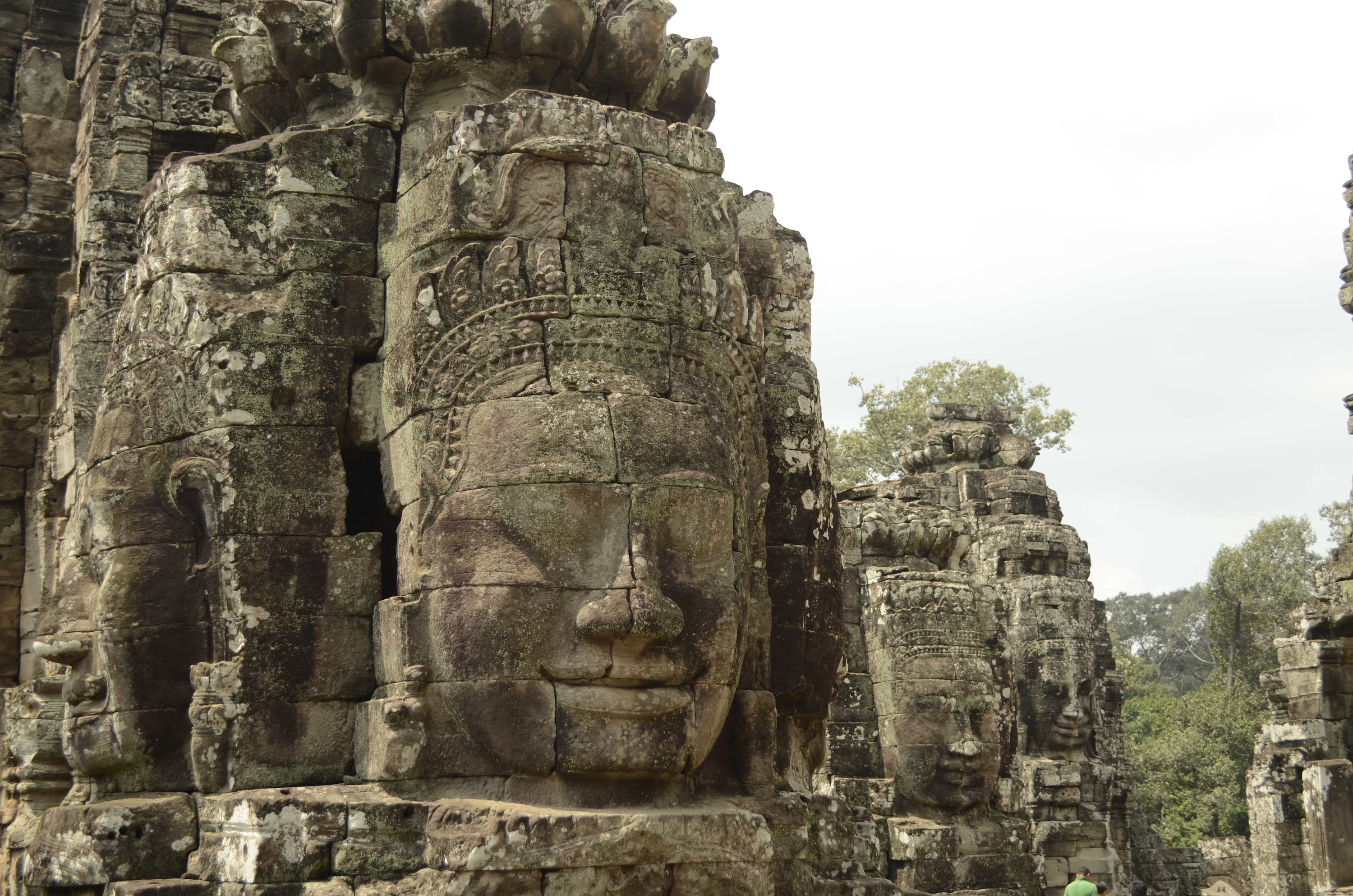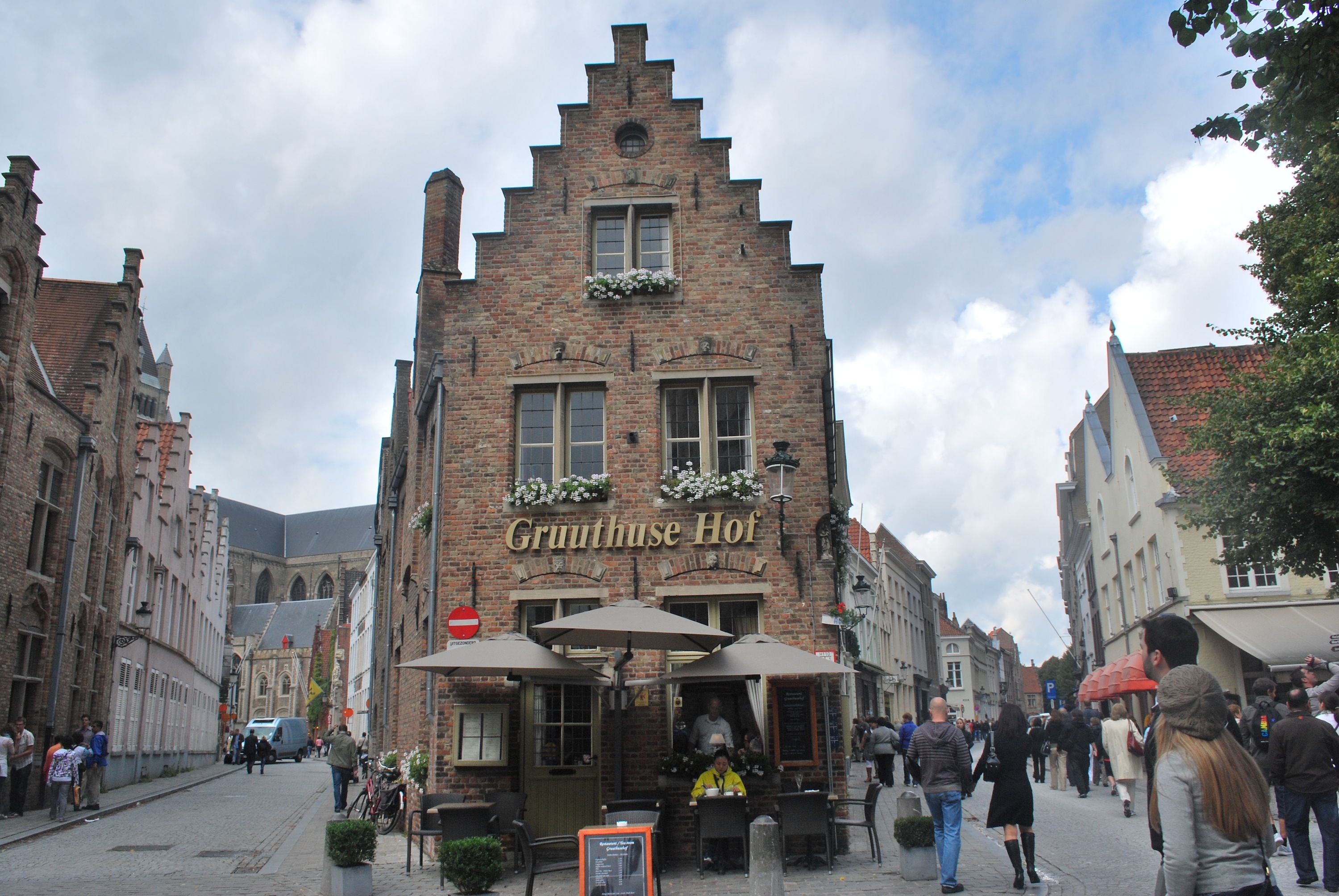Circa 2012 BCE: Somewhere in the present day Southwest Peru near the Pacific Ocean.
“Look grandpa, there’s a bright star up in the sky coming down.” The child shouts and immediately the others look up at the night sky well lit by the stars. Its not a shooting star. It gradually coming down towards them, increasing in size with flashing white lights. It’s a huge saucer around 100 m in diameter that stops just above the ground. There’s no noise except for the ambient noise of the forest and the hushed tones of the tribe, around 30 of them who have gathered to see this wonder.
Pachacuti, the grandpa, an elder has heard from his father about a similar star that took away his grandfather and other people from the tribe many eons ago. Nobody talks about it. The popular version is that the sky gods took them.
Suddenly, the door of the saucer opens with a bright beam of white light emanating from inside. They see silhouettes of men and women walking down from saucer. The tribe is scared and are on their knees now as they sense the gods walking down towards them.
One of them, a well bodied human with black curly hair wearing a white space suit comes towards Pachacuti and says, “hello son. I am your grandfather.” Suddenly, there is a series of loud noise from the saucer as it flies away into the oblivion. The noise continues….
December 2012 CE. “Thook, …..mama, phut…..pacha…mama” and similar guttural and throaty sounds were heard. It was the guide talking. “This is Quechua”, he looked at me replying to my query (challenge rather whether he could speak the Incan language).
I adjusted my Quechua (the brand) hat to escape the sun (better known as the Inti by the Incas) as it dawned to me that Quechua is not just a popular brand outdoor gear and apparel but a complex ancient language.
“The Snake represents the underworld. The Puma represents the middle world and the Condor represents the upper world of the gods. These symbols are found in the inscriptions and even the architecture.” The guide continued.
“The Inca referred to their empire as Tawantinsuyu or the The Four Regions. The Incan empire at the height of its glory led by the great ruler Pachacuti in the 14th – 15th century AD covered large areas of present day Peru, Bolivia, Ecuador, Chile and Argentina.“
“Would’ve been one great football team to challenge Brazil,” my mind wandered off to the ever-prevailing football frenzy in the continent.
“What was that? Pay attention.” The guide’s stern expression looking at me seemed to suggest.
“The Incas were great engineers building roads and such big temples with these massive stones carrying them over the mountains to build cities like Machu Picchu.” The guide smirked looking at my unfit and “ungymmed” physique as I quickly tucked in my stomach lined with an invisible six-pack.
I looked at the huge well cut stones and my stomach retained its original self.
“Unfortunately, the Spanish conquistadors led by Francisco Pizarro defeated the Incas in 1532 and that was the end of the Incan empire, with the Spanish burning most of the records…” The guide continued
We were at the Sacred Valley of Incas heading to Machu Pichhu the next day.
Wait.
Let me rewind a bit…quite a bit.
Peru was one of the countries I always wanted to visit. Actually, it was the world-renowned Machu Picchu, the lost city of Incas that was the main attraction and that was the only place I knew about in Peru till I landed in Lima.
Lima: The Capital City of Peru
Traveling from India to Peru is quite a journey (Visa process was surprisingly short). Undoubtedly, a long flight stopping over either in Europe or North America. I had stopped over in New York for a week catching up with friends and with jet lag as well before taking another 8 hour flight to Lima. Long flights mean multiple glasses of wine and movies. This one was not so bad with the Peruvian airlines as I skipped the movies not the wine though as I slept through the flight.
The Lima International airport was a cute small airport. As soon as I landed I was whisked away in the taxi to our hotel in Miraflores, an upscale neighbourhood bordering the Pacific. Barranca is another such district in the neighbourhood.
Lima is a big city with close to 10 million in population and has a temperate weather with almost no rainfall in spite of the overcast sky that remains for the most part of the year.
Lima is characterized by its historic center, a UNESCO World Heritage Site that houses great examples of colonial architecture like the Monastery of San Francisco, the Plaza Mayor, the Cathedral, Covenant of Saint Domingo, the Palace of Torre Tagle.
The temple of Pachacamac, 40 km from Lima, is an archaeological site (pre-Incan Era 800 – 1450 CE) with multiple pyramids, many still being uncovered.
Lima also has a great nightlife and is home to restaurants and bars serving all types of cuisines. In fact, Lima is known as the Gastronomical Capital of the Americas, a piece of information that every guide from the one we met at the airport who came to receive us to the one who dropped us at the end of our trip reminded us. And so right they were.
Apart from the international cuisine, the local fare was just amazing along with the local brew Pisco Sour, which was tasty and potent. Definitely recommended in moderation, something I didn’t follow and almost got lost on the way back to the hotel (well that’s another story and you cannot blame it on the drink, c’mon!!).
For those who do not drink alcohol, they could try the Inca kola. Looks like the drink our ex Prime Minister Morarji Desai used to have but it is a tasty fizzy drink that apparently outsells Coca-Cola in Peru.
Our efforts to explore Lima beyond the above were politely discouraged by all the guides again as they “requested” us to roam around in the upscale and ‘safe’ Miraflores and Barranco.
Cuzco: The historic capital of the Inca Empire
We came to Cuzco after staying for a couple of days in Lima and to start our trip to the Sacred valley (incl. Machu Picchu).
Cuzco is a beautiful amalgamation of the ancient (Inca) and the modern (Spanish) that reflects in the architecture, art and culture. This scenic city has stone cobbled streets lined with cute houses that have the most beautiful balconies.
The city is located in southeastern Peru, near the Urubamba valley of the Andes mountain range. It is located at quite a high altitude of 3,400 m(11,200 ft).
We were wary of this fact (possibility of altitude sickness) and had readied ourselves as we landed here. After the initial headaches quickly cured by the friendly atmosphere, local cuisine and couple of aspirins we were back on track.
Talking about the cuisine, do not forget to have the traditional Peruvian food – lomo saltado (beef tips stir-fried with tomatoes, onions, and spices, over a bed of french fries and rice), aji de gallina(chicken in a very good yellow pepper sauce with olives and hard-boiled eggs), or papa rellena (stuffed potato with beef, olives, hard-boiled egg, vegetables, and spices).
Yum!!!
Oh yes, there is cuy (guinea pig) and Alpaca that you could try (no comments as we skipped).
Cuzco is not a big town and the best way to explore is to walk around, which is extremely pleasant. Plaza de Armas is the historical center of town with churches, shops, restaurants and bars, a great place to spend the afternoons and evenings. Plaza de San Francisco, few blocks away has the best coffee shops and great place to hangout. However, the San Pedro market takes the cake. A vibrant and colourful market not meant for tourists. One shouldn’t forget to take a camera. We went berserk as we took snaps of fresh vegetables, meats, spices and everything we saw.
We didn’t spend too much time in Cuzco (tho’ now we feel we should’ve) and just made it as a base (that one should do) to visit the Sacred Valley and Machu Picchu.
Sacred Valley
The sacred valley of the Incas is dotted with Incan ruins including Machu Picchu (and Cuzco). The valley was the heartland of the empire and was formed by the Urubamba river.
One could take a day trip or take more days to visit the various ruins. We took a day trip and went around to the following ruins.
Sacsayhuamán
Cuzco was envisioned to represent a Puma with Sacsayhuaman as head. Large parts of the site has been destroyed in the colonial era as the Spaniards used the stones of the sites to build their own houses. What remains is still impressive.
Pisac
Pisac is a small town around 35 km from Cuzco and is best known for its Sunday market. However, the ruins are as old as Machu Picchu. We were shown a demo of how the scarves were made from Alpaca wool using natural dyes. It was really interesting, tho’ we disappointed the presenters by not buying anything.
Ollantaytambo
This was the most interesting of all the ruins we went to. This is where the Incas retreated after the Spanish took Cuzco. Ollantaytambo was a religious centre (although not completely built) in the Incan empire. The temple ruins doubled as defensive structures comprising of massive stones. Tours focus largely on the unique architectural significance of the sun’s rays on the cad face of the canyon wall and on the temple walls, the still functioning fountains, and the large stone operating table. Ensconced smugly in the centre of the sacred valley, there are beautiful views abound.
Machu Pichhu: The lost city of the Incas
In Quechua, Machu means old/old person and Picchu means peak, therefore old peak. (It does look like the face of an old man when seen at a certain angle from a certain height. Guides would show you photographs of the same). It is situated 80 km northwest of Cuzco and through which the Urubamba River flows. It is located at 2,430 m (8,000 ft).
It was truly a lost city as Spanish were never able to find it, and therefore none of the structures were defaced or vandalized. It is believed that the Incas left the city. Hiram Bingham, an American explorer discovered it in 1911.
There are multiple ways of going to Machu Picchu. The popular ones are the Inca trail treks – one day to three days to many days based on one’s time & fitness. We took the train instead. An expensive affair but a beautiful journey in train with sunroof on either side to view the awesome scenery towards Machu Picchu.
Armed with ponchos (as it could rain anytime) we entered the gates getting our passport stamped as well with the Machu Picchu emblem. Once inside our guide took us around describing the various structures. There was a strong symbolism in the form of Condor, Puma and Snake in the architecture. Incas devotion to the sun god (Inti) had also influenced the architecture in a way to measure time and monitor solstices.
The Sun Gate gives an awesome view of Machu Picchu, though it is quite a climb but worth every step. There is the Temple of the Sun, Temple of the Three Windows and the Main Temple.
Intihuatana (From Quechua: Inti – Sun, huatana – to take) is a carved stone working as a sun dial.
Temple of the Condor at a closer look between the wings of the condor is a chamber with grooves cut in the stone to secure manacles, a walkway behind where a torturer may have walked to whip the prisoners’ backs, and a scary looking pit to let the blood of prisoners drain. Clearly the condor was a symbol of cruel justice.
Towering above the south end of Machu Picchu is this steep mountain – Wayna Picchu. It’s a great hike for those who are fit. At the top one gets to see an great view of Machu Picchu.
As we took the train back, mentally, I ticked off Machu Picchu from my list if places to visit, but I knew in my mind that I would be back.
“Where have you been grandpa? Who are these sky people? Are these gods? You don’t look so old? How come you and the others are extremely fit? I have so many questions.” Pachacuti rattled off like a ten year old.
“I’ll tell that in due course, but come lets rest. We have had a long journey across the galaxy. There are lots of things to tell and lots will remain secret. And there are lots of things, big things to build. To start with we need to create large markings on the ground for our friends from the sky.” His grandfather smiled.
Nazca Lines
Waking up at 3 am in the morning to catch the bus at 4 am. 14-hour return bus journey from Lima (that includes 4 movies, 4 – 6 sandwiches) 3 hours of waiting time at the bus station…….all for half an hour of flight in a 8-seater Cessna, air sick to the gut in the hot weather to see what???
Nazca Lines !!!!
If you are a true ancient history alien sh*#@ believer make this trip else be like other passengers who made this trip and were not able to see anything in the Cessna trying hard to hold her airsickness back.
Nazca Lines are a series of ancient geoglyphs located in the Nazca Desert in Southern Peru. These are created by the Nazca culture between 400 and 650 AD.
The arid climate (with almost no rainfall and wind) of the region has ensured that the lines have weathered centuries. There are hundreds of lines or geometric figures with several zoomorphic designs of animals such as hummingbird, spiders, monkey, jaguar and human figures, some of them as large as 200 m.
Why these lines were created?
Now there are multiple theories.
The most popular one is the alien theory that it is done by the Nazca people for the gods in the sky (aliens in their spaceships) who could locate these lines from up above to land. There are multiple other explanations as well.
Similar lines are found in the Paracas region as well.
As we took the bus back (after two hours of waiting) for another 7 hours of ride the Peru journey had almost come to an end (we were flying out the next day). It made me realize that such a small country had so much richness in history, culture and esp. geography with Amazon rainforest, to the snow capped peaks in Peruvian Andes to the sun soaked Pacific beaches in Paracas peninsula. 7 days (that we took) is definitely not enough to explore Peru. Looking forward to come back soon.
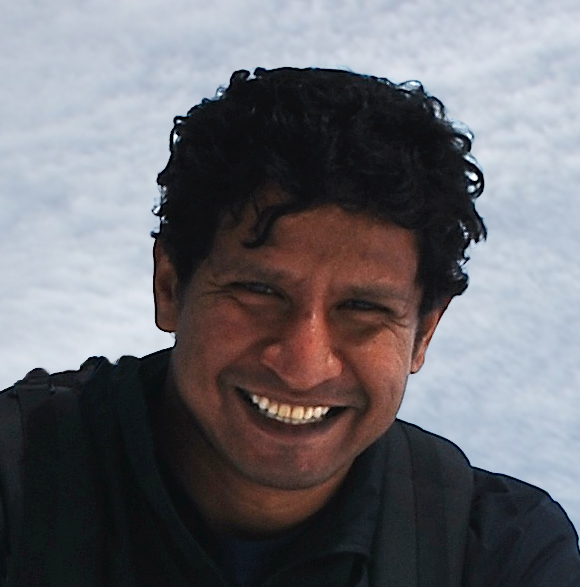
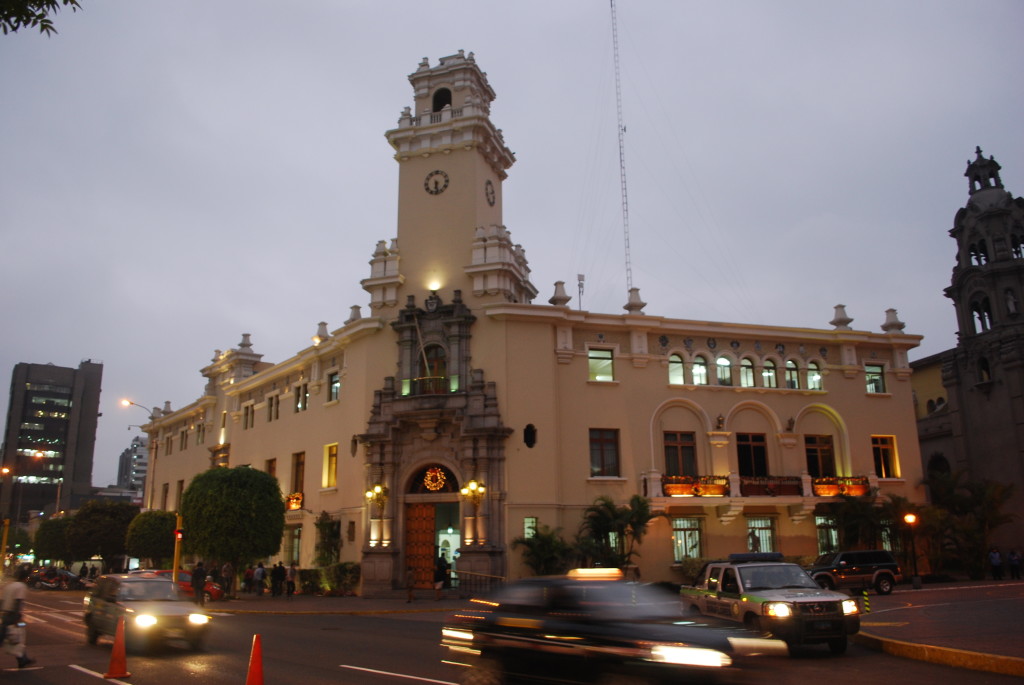
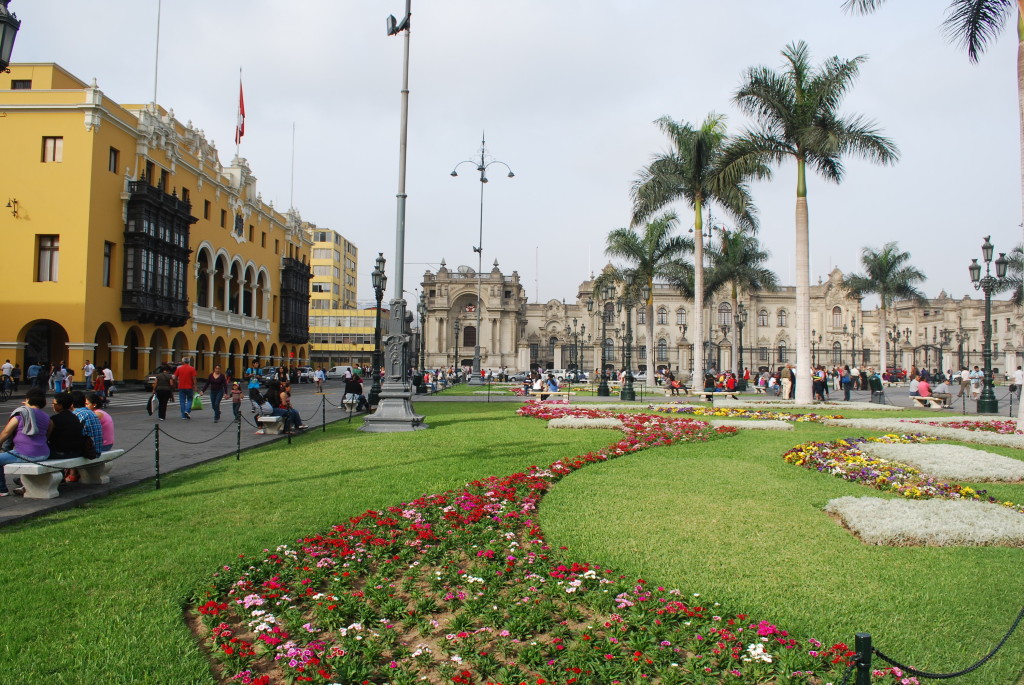
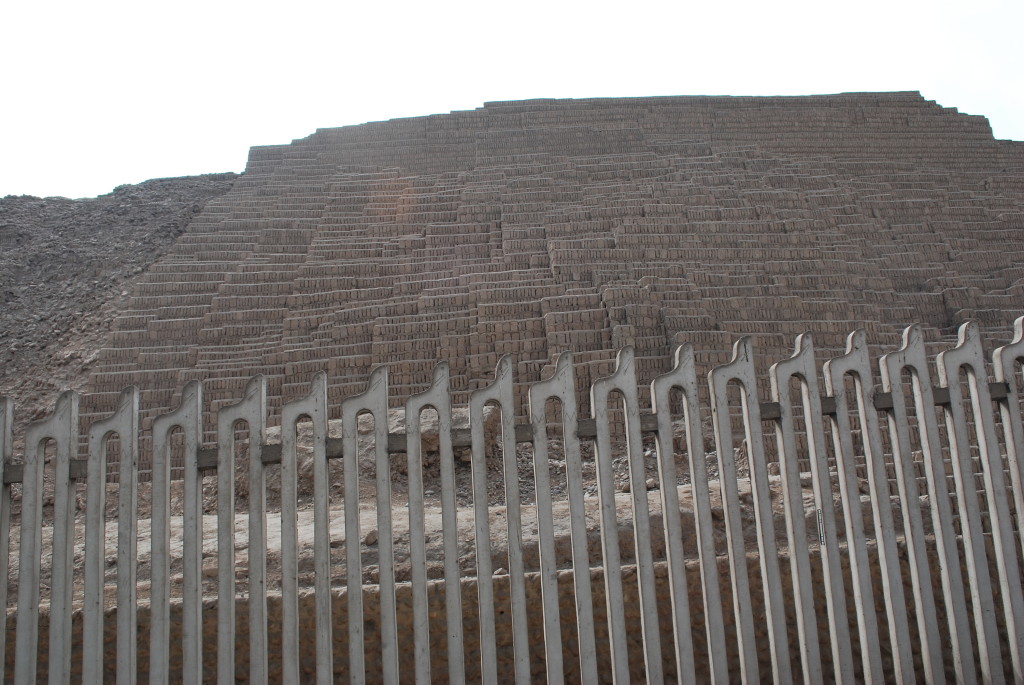
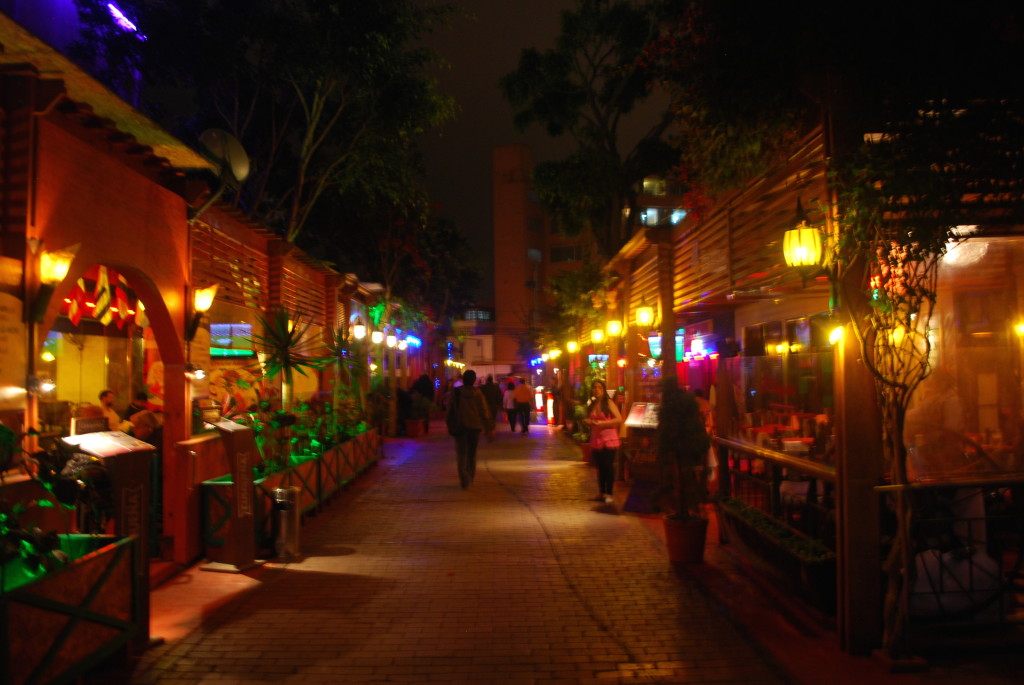
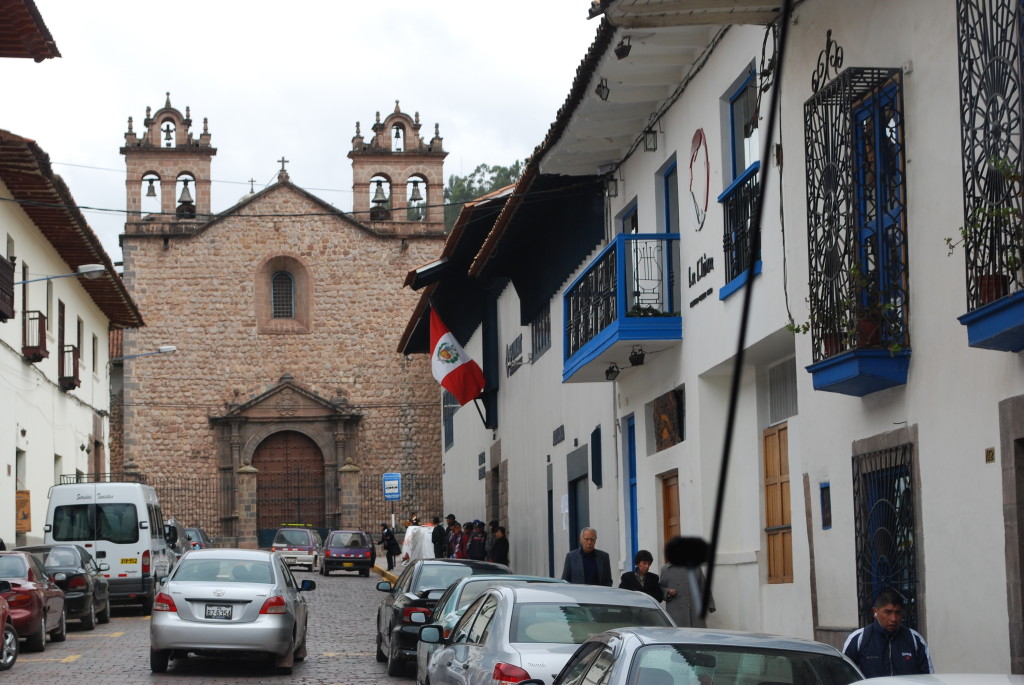
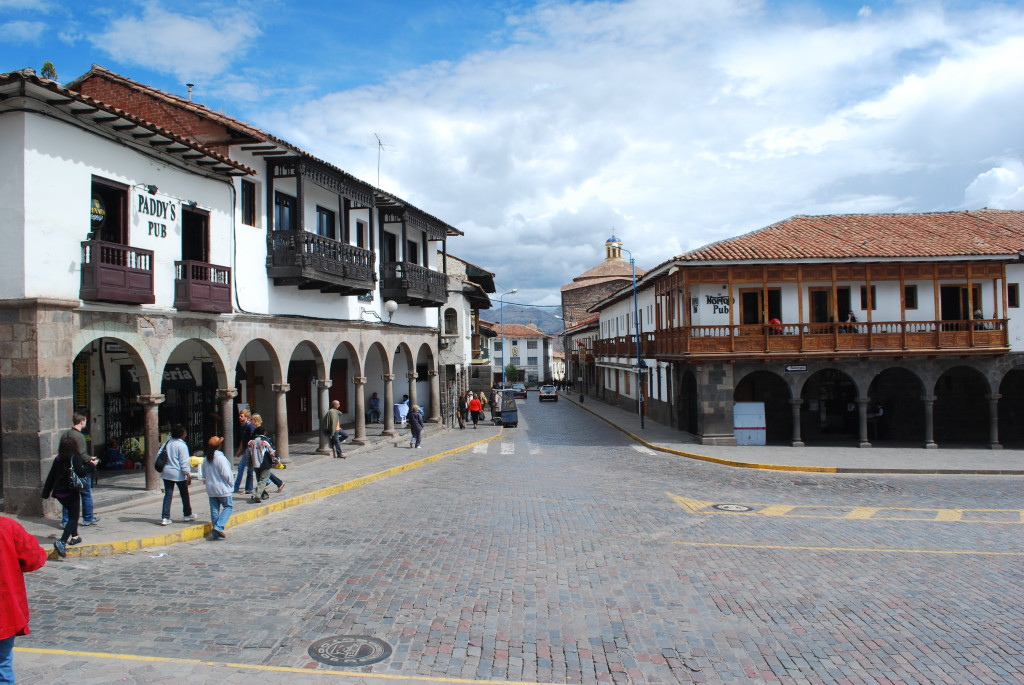
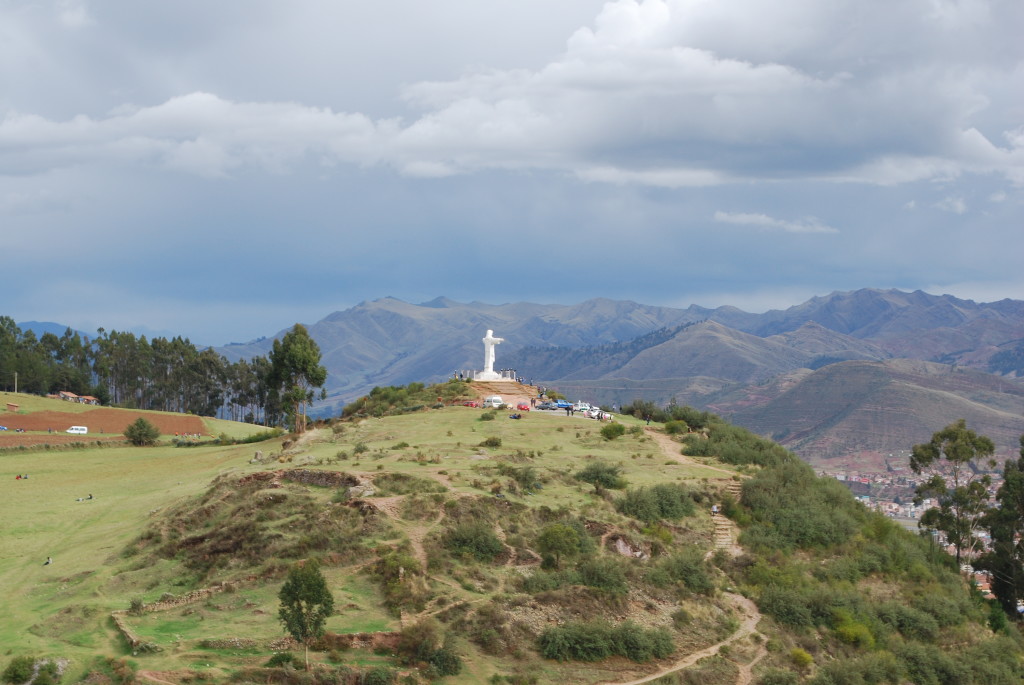
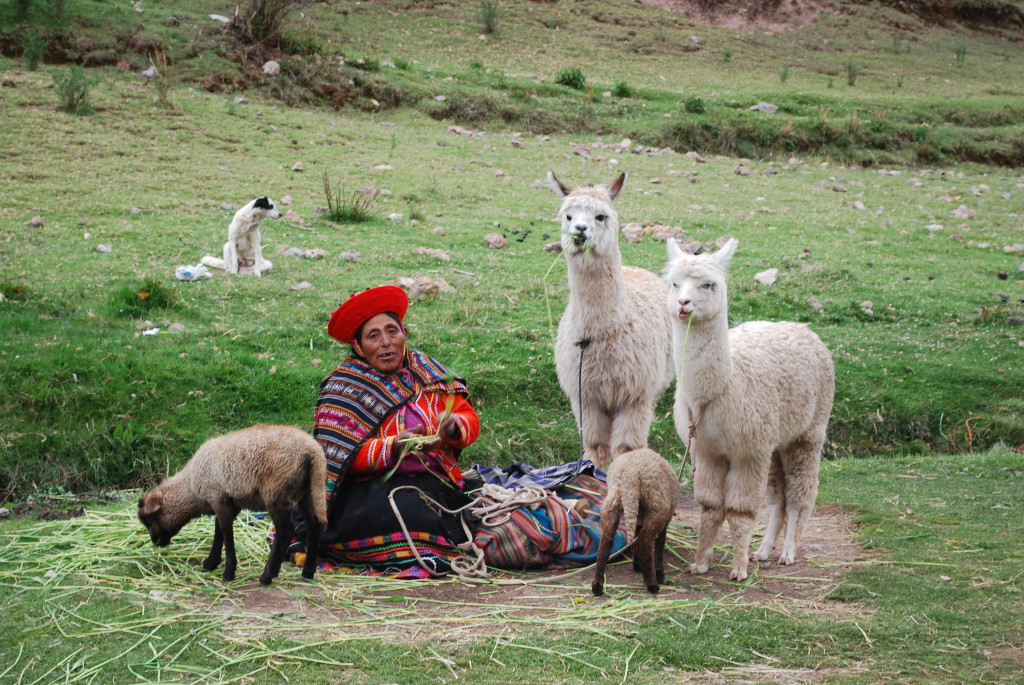
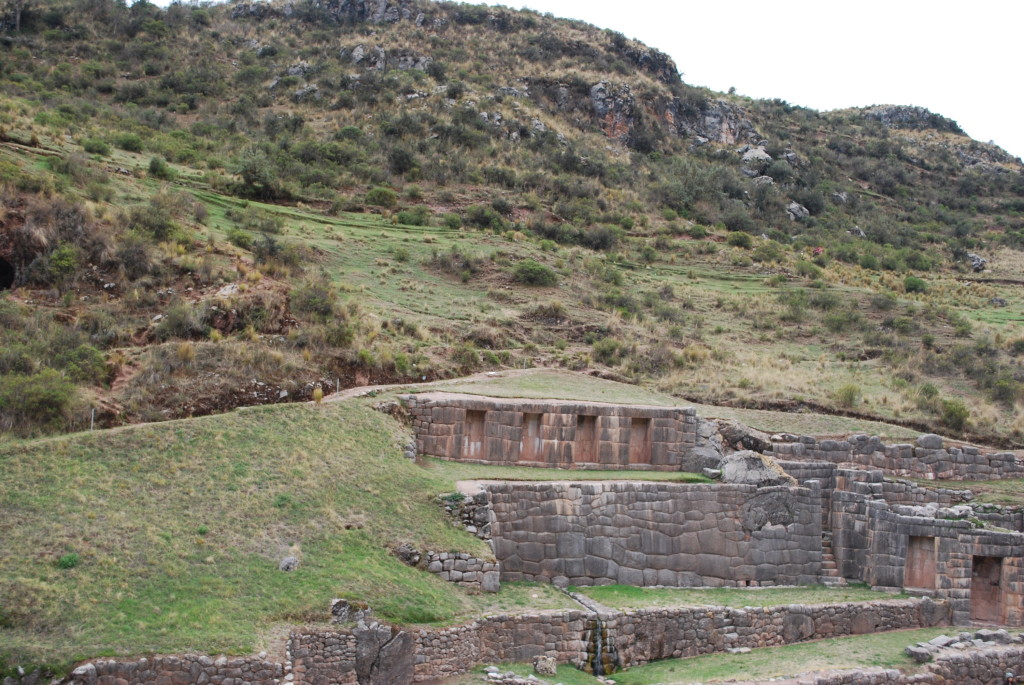
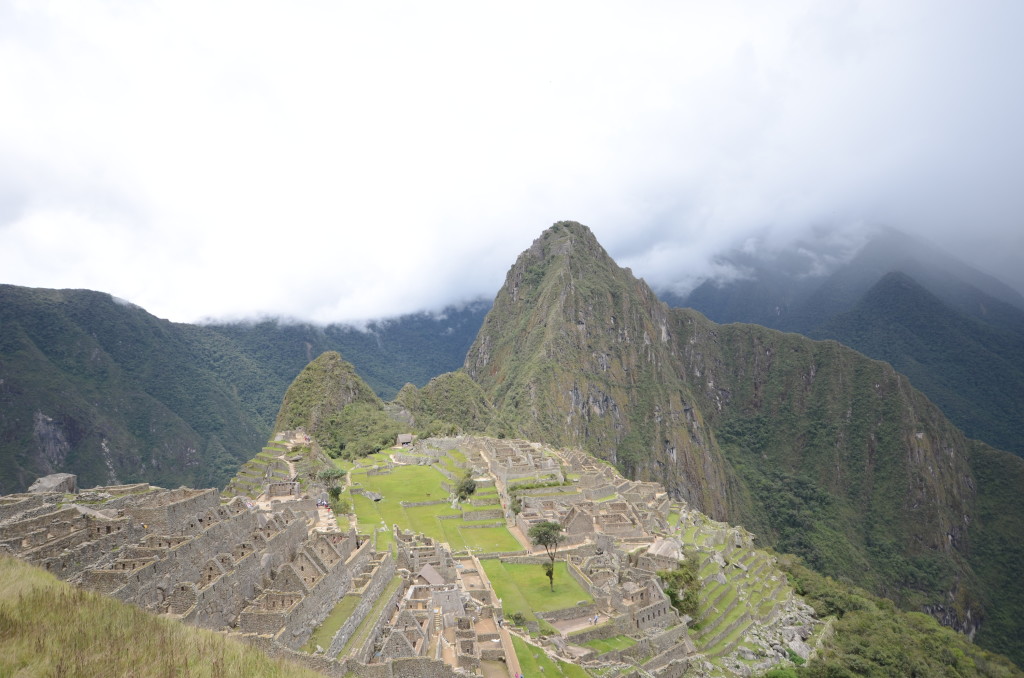
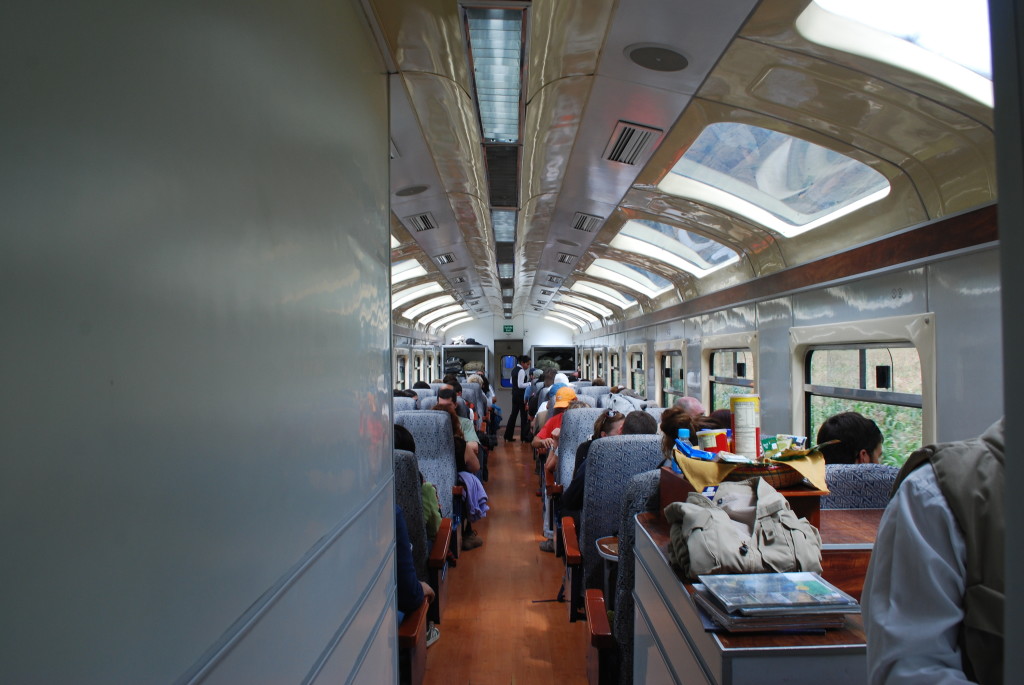
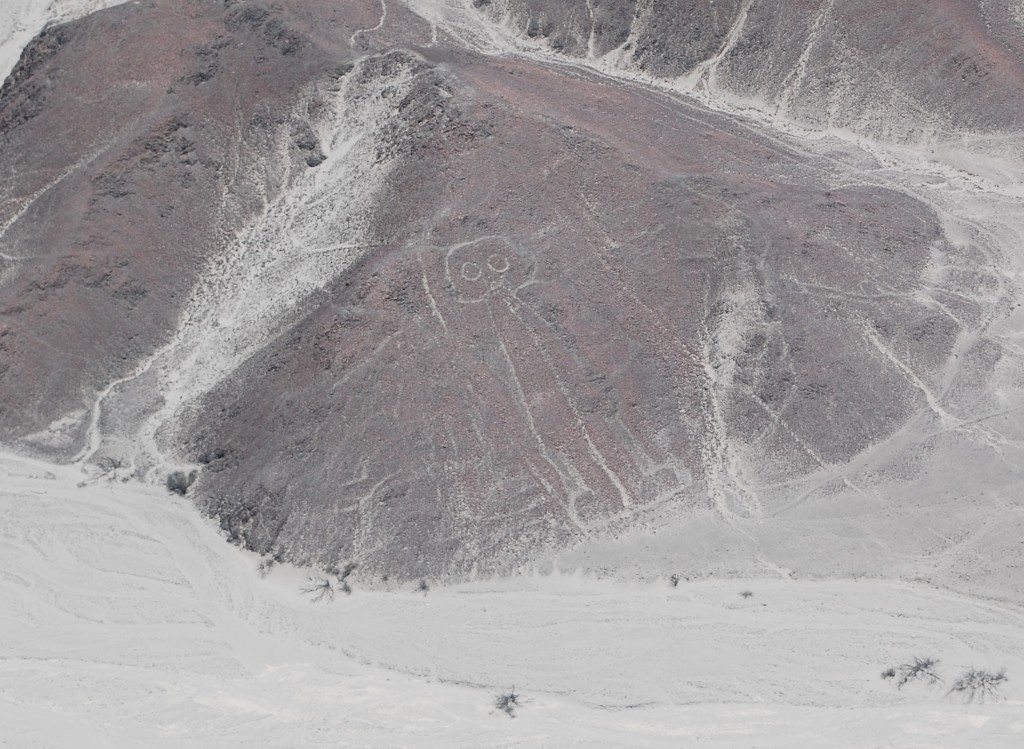
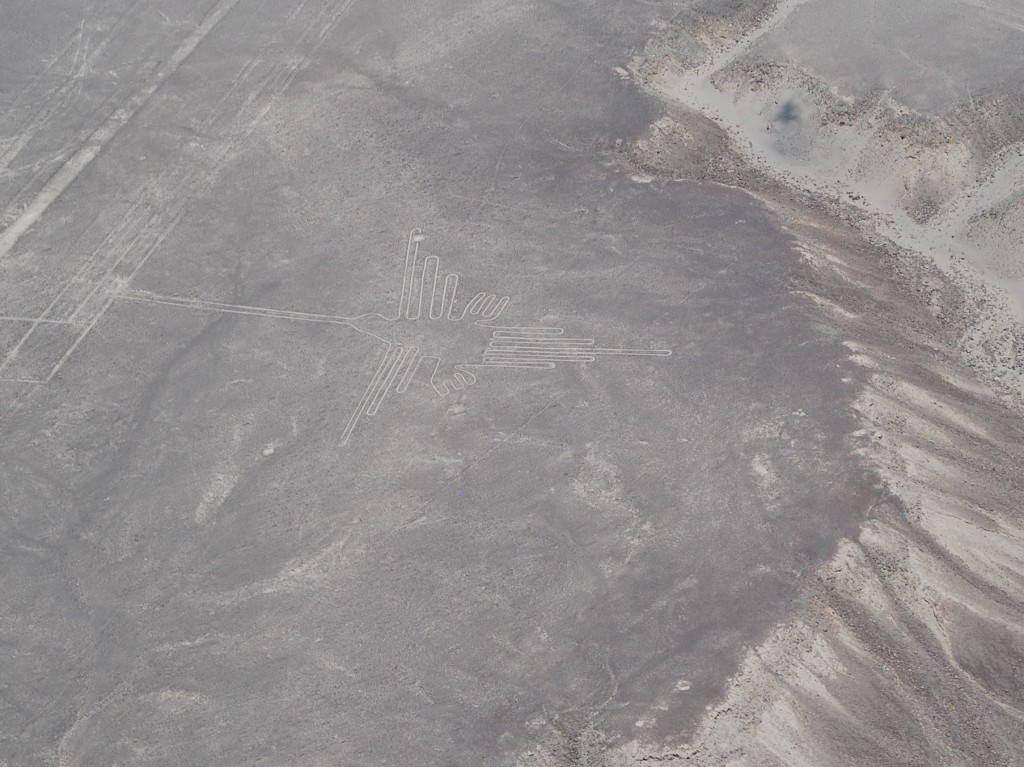
 Follow
Follow
